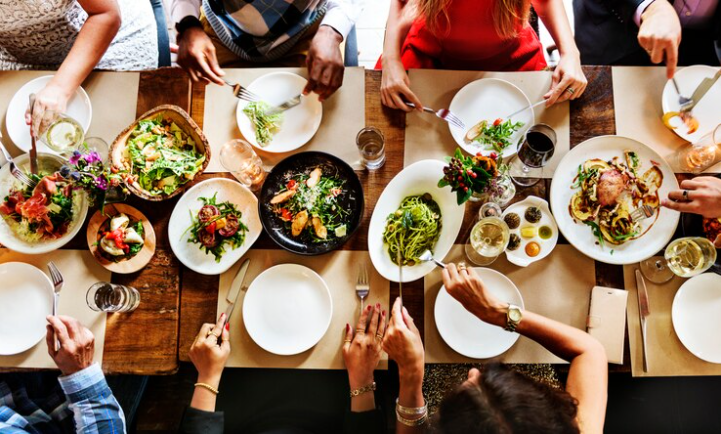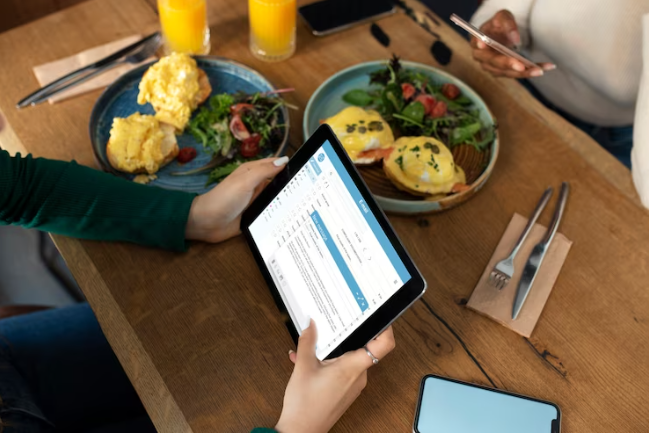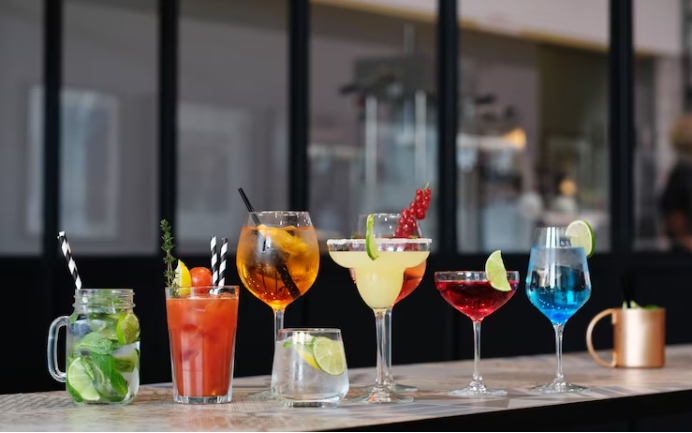Are you struggling to maximize profits at your restaurant? One key area to focus on is your menu. By implementing menu engineering, you can use data to make strategic decisions about pricing, layout, and offerings. This approach can lead to increased profits and a better customer experience.
Menu engineering involves analyzing customer preferences and behaviors, calculating food costs, and designing an effective menu layout. By understanding what items are most popular and profitable, you can make decisions about what to feature prominently on your menu and how to price items for maximum profitability.
With this approach, you can also identify which items may not be performing as well and make adjustments to improve their appeal. By implementing menu engineering strategies, you can optimize your menu to better meet the needs of your customers and improve your bottom line.

Understanding Menu Engineering and Its Importance
Menu engineering is crucial for restaurants to increase profitability by strategically designing and pricing menu items, and it’s important for you as a restaurateur to understand the concept in order to thrive in the competitive market.
Menu psychology plays a big role in menu engineering, as it studies how customers make decisions when ordering food. By understanding this, you can design your menu in a way that’s appealing to your customers and encourages them to order more, ultimately leading to higher profits.
Menu item placement is another important aspect of menu engineering. You want to strategically place your high-profit items in spots where customers are more likely to order them, such as at the top and bottom of the menu or in a separate section. By doing this, you can increase the likelihood of customers ordering these items and boost your profits.
It’s important to note that menu engineering is not just about increasing prices, but about finding a balance between pricing and customer satisfaction to ensure long-term success for your restaurant.
Analyzing Customer Preferences and Behaviors
Understanding what customers like and how they behave can help businesses tailor their offerings to better meet their needs and preferences.
By analyzing customer preferences and behaviors, restaurants can gather data that can be used to create personalized recommendations. These recommendations can be based on previous orders, dietary restrictions, or even the time of day that customers typically dine at the restaurant.
Marketing tactics can also be used to encourage customers to try new dishes or items that they may not have considered before. For example, restaurants can use suggestive selling techniques, such as placing popular dishes at the top of the menu or offering specials that include a combination of items.
By understanding customer preferences and behaviors, restaurants can create targeted marketing campaigns that are more likely to resonate with their target audience and ultimately lead to increased profits.
Calculating Food Costs and Pricing Strategies
Figuring out how much ingredients cost and determining the best pricing strategy is crucial for any food business. It’s important to consider the cost of each ingredient used in the dish when it comes to menu item differentiation.
By calculating the food cost of each menu item, you can determine which dishes are profitable and which ones may need to be reevaluated.
In addition, it’s important to conduct competition analysis to ensure that your prices are competitive in the market. Comparing your prices to those of similar restaurants in the area can help you determine the optimal price point for your menu items.
By finding the right balance between cost and pricing, you can maximize profits while still offering customers high-quality and affordable options.
Designing an Effective Menu Layout
Creating an attractive and user-friendly menu design is crucial for enticing customers and increasing sales. Visual hierarchy and color psychology are two important factors to consider when designing a menu.
Visual hierarchy refers to the arrangement of items on the menu to guide the customer’s eye to the most profitable or popular dishes. This can be achieved through the use of font size, bolding, and placement.
Color psychology, on the other hand, involves using colors to influence customers’ emotions and perception of the dishes. For example, red is often associated with excitement and passion, making it an appropriate color for highlighting special or signature dishes.
Typography and menu descriptions also play a significant role in menu engineering. Typography refers to the font style and size used in the menu. The font should be easy to read and reflect the restaurant’s branding.
Menu descriptions should be clear, concise, and appetizing, using descriptive language to entice customers. It is also important to use positive language and avoid negative terms such as ‘limited availability’, as they can discourage customers from ordering certain dishes.
By paying attention to these design elements, restaurant owners can create a menu that not only looks good but also effectively drives sales.
Evaluating and Adjusting Your Menu for Maximum Profitability
To truly optimize your menu, you need to regularly analyze which items are performing well and which ones are not. Menu item rotation is a great way to keep your menu fresh and exciting while also maximizing profits.
By rotating menu items, you can easily identify which ones are popular and which ones are not, allowing you to adjust your menu accordingly. Another way to increase profitability is by introducing seasonal specials.
These specials can be based on ingredients that are in season or on popular holidays. By offering limited-time specials, you can create a sense of urgency and excitement around your menu, leading to increased sales and profits.
Just be sure to track the performance of these specials and adjust accordingly to ensure that they are contributing to your overall profitability.
Are you looking to take your restaurant’s beverage program to the next level? Link
Frequently Asked Questions
What software or tools can be used to effectively collect and analyze customer data for menu engineering?
To effectively collect and analyze customer data for menu engineering, you can use data collection tools like surveys, feedback forms, or loyalty programs. Customer behavior analysis tools like Google Analytics or POS systems can help you understand their preferences and spending habits.
How can a restaurant effectively balance pricing and portion sizes to maximize profits without compromising quality?
To maximize profits without compromising quality, you must balance pricing and portion control. Use menu psychology to strategically place high-profit items. Offer smaller portions at lower prices to attract budget-conscious customers.
Are there any legal regulations or ethical considerations that should be taken into account when implementing menu engineering strategies?
When implementing menu engineering strategies, legal regulations regarding customer privacy must be considered. It’s important to ensure that any data collection or analysis is done in a transparent and ethical manner to avoid potential legal issues.
How can a restaurant effectively market and promote menu items that may be less popular but more profitable?
To market less popular, but more profitable menu items, try targeted promotions. Use data to optimize menu items and adjust pricing accordingly. Highlight these items with eye-catching descriptions and visuals to entice customers.
What steps can a restaurant take to ensure consistency in food quality and presentation across multiple locations or franchises when implementing menu engineering strategies?
To ensure consistent food quality and presentation across multiple restaurant locations or franchises, you can implement consistency training, quality control measures, and menu testing. These steps should also be included in franchise agreements.
Conclusion
Congratulations! You now have a better understanding of restaurant menu engineering and how it can help maximize profits.
By analyzing customer preferences and behaviors, calculating food costs and pricing strategies, and designing an effective menu layout, you can make informed decisions to drive profitability.
Remember to constantly evaluate and adjust your menu to stay competitive and keep up with changing trends.
With the right data and strategies in place, you can improve your menu offerings, increase sales, and boost your bottom line.
So go ahead and put these tips into action to take your restaurant to the next level!



